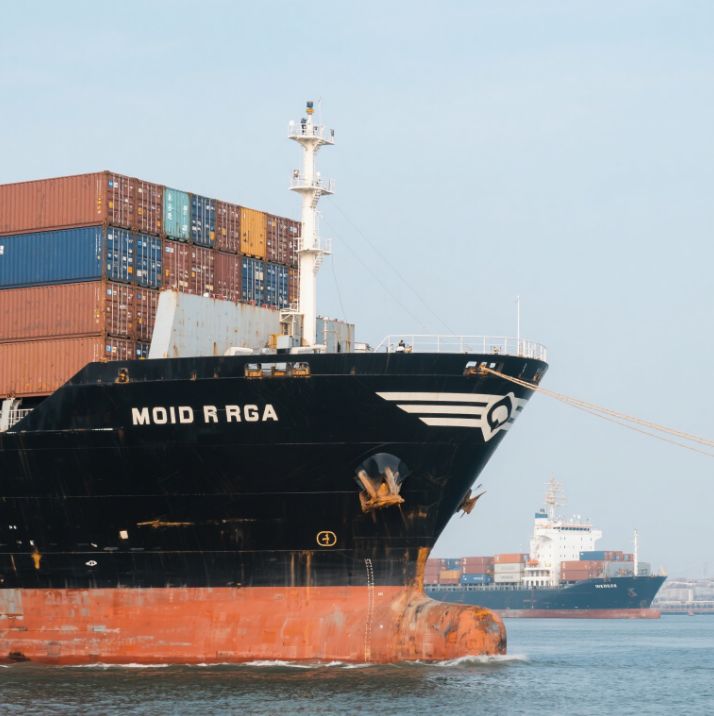After the 90-Day Tariff Window: What Should Logistics Companies Do?
Release time:
2025-07-12
The recent 90-day tariff window has given China–US trade players a rare moment of predictability. But as the deadline passes, logistics companies must shift from reactive to strategic. What does the future hold, and how should freight forwarders and supply chain providers respond?
1. Expect the Unexpected: Prepare for Tariff Escalation
As the temporary “buffer period” ends, the risk of additional tariffs — some as high as 60–70% on key categories — looms large. Logistics companies should proactively help clients analyze tariff exposure, optimize product classification, and adjust supply chain flows to mitigate potential cost spikes.
Key actions:
Educate clients on HTS codes and duty rates.
Offer bonded warehouse and transloading options.
Evaluate non-tariff entry methods, such as shipments through Mexico or Canada under USMCA (if applicable).
2. Strengthen DDP and Customs Compliance Solutions
With increased tariff enforcement, DDP (Delivered Duty Paid) shipping becomes even more valuable for importers. Logistics providers should refine DDP processes, offer transparent landed cost estimates, and ensure clean customs declarations to avoid delays or penalties.
Our Recommendation:
Strengthen your partnerships with experienced US customs brokers and integrate them with your China-origin freight operations for faster, smoother customs clearance.
3. Push for Sea–Air Hybrid and Multimodal Solutions
Air freight prices may spike as importers rush to beat policy deadlines. Sea–air and rail–truck hybrid models can offer a cost-effective middle ground.
Strategies include:
Consolidating shipments weekly to major US ports (e.g., Los Angeles, Long Beach, New York).
Sea freight to West Coast + domestic trucking or rail to inland hubs.
Faster FCL/LCL planning tools to maximize container usage and minimize delays.
4. Advise Clients on Inventory and Forecasting
Help your clients plan ahead by analyzing:
Historical shipment cycles.
High-risk SKUs (especially electronics, textiles, batteries).
Seasonal trends that may coincide with tariff updates.
This is the time for supply chain scenario planning — before chaos returns.
5. Diversify Markets, But Deepen the US Playbook
Some exporters are turning to Southeast Asia, Latin America, or Europe. While diversification is wise, the US remains the biggest eCommerce and B2B market. Logistics companies that focus on the China–USA lane must deepen their value-added services.
Consider:
Amazon FBA prep and delivery.
3PL services in the US (last-mile, returns, storage).
Freight insurance and cargo tracking upgrades.
Passionship’s Take
At Passionship Logistics, we’re not just watching the news — we’re acting on it. Our team is ready to help you navigate the shifting tariff landscape with:
✅ Fast customs clearance
✅ Competitive sea and air freight rates
✅ DDP shipping to Amazon warehouses and US importers
✅ Weekly consolidations and real-time tracking
✅ Expert advice on freight + compliance
📦 Let’s build a smarter shipping strategy — before the next policy shift hits.
👉 Get a Free Freight Quote Now
RELATED BLOG
Streamlined FBA Prep and Shipping: A Comprehensive Guide from China to the USA
When it comes to selling on Amazon, Fulfillment by Amazon (FBA) has become an increasingly popular choice for many entrepreneurs. However, one of the key challenges involves the preparation and shipping of products from China to the USA. Understanding the FBA prep and shipping process is essential for ensuring your products arrive at Amazon's fulfillment centers ready for sale. Here’s a breakdown
View Details









